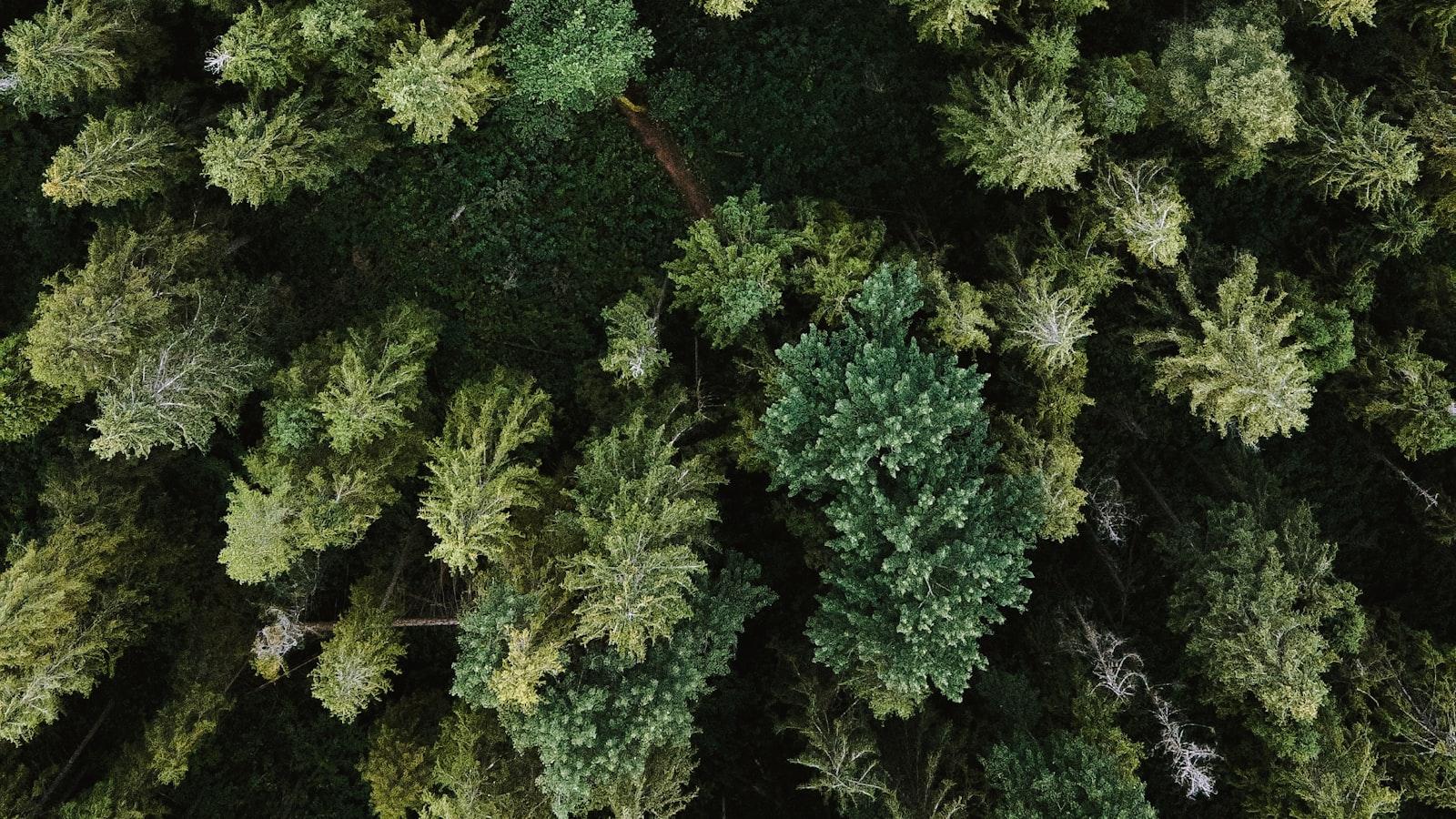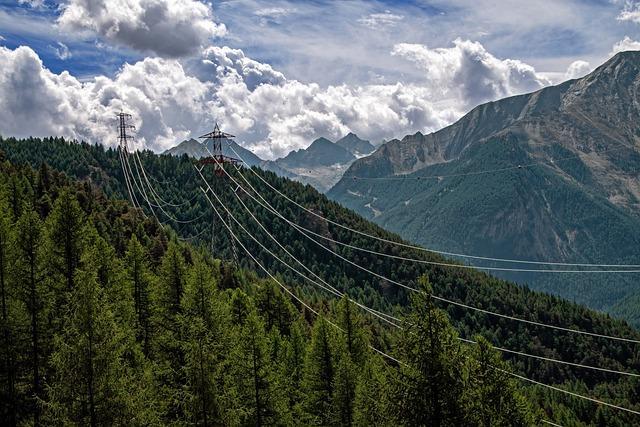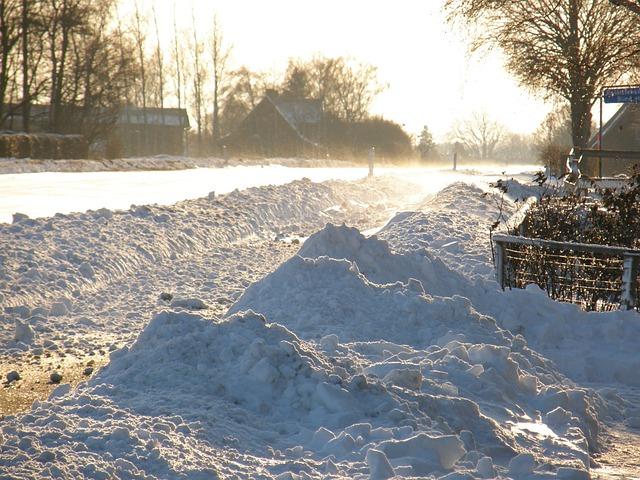Urban environments have a reputation for being concrete jungles, devoid of green spaces and wildlife. However, trees play a crucial role in providing habitats for numerous species in urban areas. In this article, we will explore the significance of trees in creating urban wildlife habitats and the benefits they bring to both animals and humans alike.
Trees play a vital role in urban wildlife habitats by providing shelter and protection for various species. The dense foliage and branches of trees offer a safe haven for birds, squirrels, and other animals to nest and seek shelter from predators. In addition to shelter, trees also serve as a valuable food source for urban wildlife, with many species relying on fruits, nuts, and seeds for sustenance.
Furthermore, trees play a crucial role in enhancing biodiversity and ecological balance in urban areas. By providing habitat for a diverse range of wildlife, trees help maintain healthy populations of insects, birds, and small mammals, which in turn contribute to a more robust and resilient ecosystem. They also help mitigate the effects of urbanization by absorbing carbon dioxide, reducing air pollution, and providing shade and cooling effects.
Q&A
Q: What is the role of trees in creating urban wildlife habitats?
A: Trees provide food, shelter, and nesting sites for a wide variety of wildlife species in urban areas.
Q: How do trees support biodiversity in urban environments?
A: By providing habitats and food sources, trees help support a diverse range of plant and animal species in urban areas, contributing to overall biodiversity.
Q: What are some examples of wildlife that rely on trees in urban habitats?
A: Birds, squirrels, bats, insects, and other small mammals are among the many species that rely on trees for food, shelter, and nesting sites in urban environments.
Q: How can urban planners and residents help support wildlife populations in cities through tree planting and maintenance?
A: By planting native tree species, providing water sources, avoiding the use of pesticides, and maintaining mature trees, urban planners and residents can help create and maintain healthy wildlife habitats in cities.
Q: What are some potential benefits of promoting urban wildlife habitats through tree planting and maintenance?
A: Benefits of promoting urban wildlife habitats include increased biodiversity, improved air and water quality, enhanced aesthetic appeal, and opportunities for nature education and recreation in urban areas.
Conclusion
In conclusion, trees play a crucial role in creating and sustaining urban wildlife habitats. They provide food, shelter, and nesting sites for a wide variety of animals, helping to support biodiversity in cities and towns. By understanding the importance of trees in urban ecosystems, we can work towards creating more sustainable and wildlife-friendly environments for both humans and animals to coexist harmoniously. It is vital that we continue to protect and plant trees in our urban areas to ensure the health and well-being of our wildlife populations for generations to come. Thank you for reading.
Simpsons Tree Services, Servicing Melbourne’s North Eastern Suburbs
Book a quote online at www.simpsonstrees.com.au




